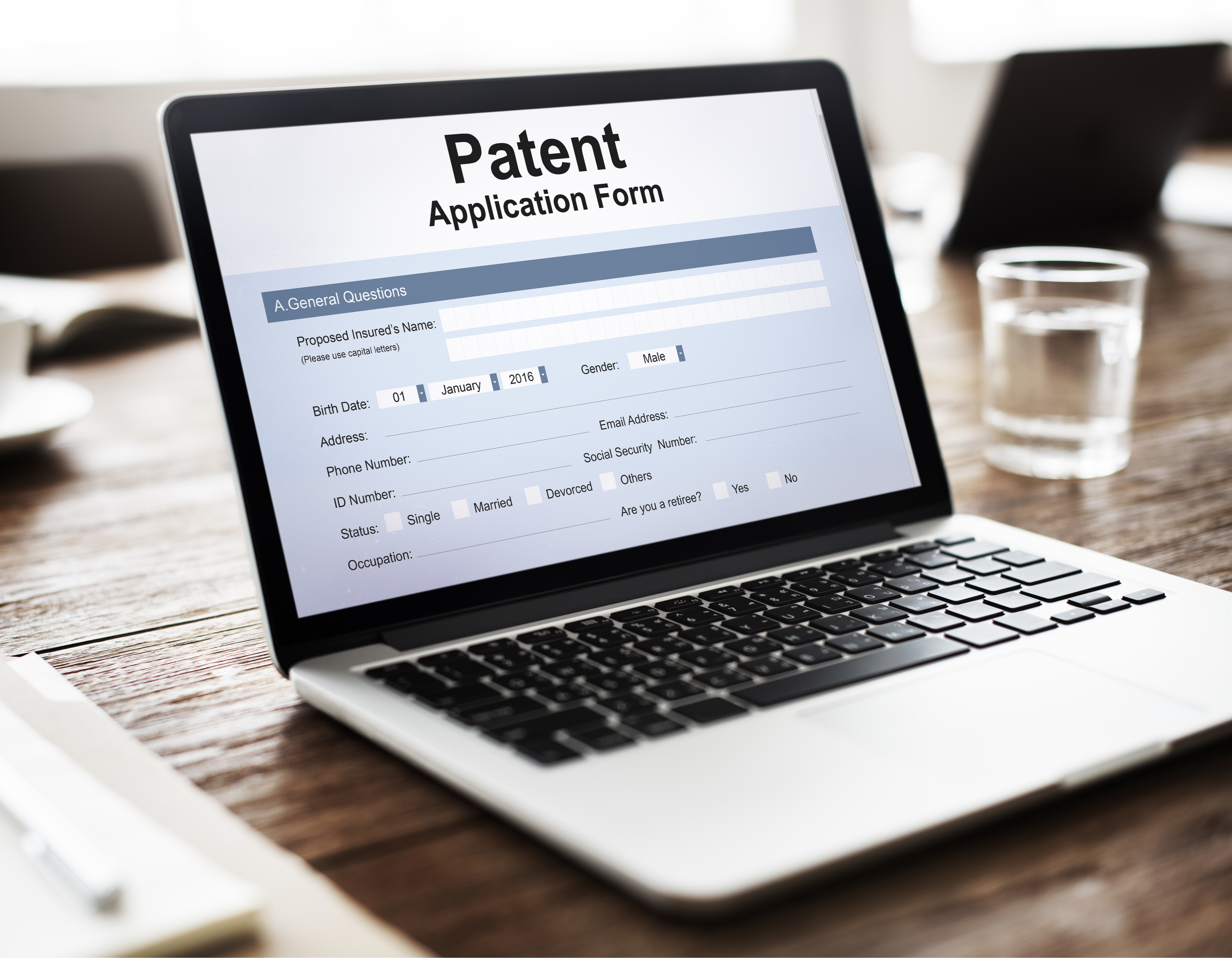A “continuation application” in the United States is an additional patent application filed by the same applicant as the original pending “parent” patent application to pursue different claims as in the parent application. The continuation application uses the same specification as the parent application and enjoys the same priority date as the parent application. The continuation application differs from the “continuation-in-part” application in that it is not possible to add additional subject matter or embodiments to the original description. The continuation application can only be filed whilst the parent application (or another “sibling” patent application) is still pending.
The continuation application is only known in the United States but is similar to the divisional application found in other countries. In the United States and many other patent offices, such as in Europe, it is possible to file a continuation or a divisional application based on a previously filed continuation or divisional application before granting of this continuation or divisional application. In other countries (such as China), a divisional application can only be voluntarily filed once during the pendency of the parent application.
So what are the reasons for filing a continuation application?
Rejected Broad Claims: Sometimes the Patent Examiner will indicate that some of the pending patent claims are allowable and rejects other claims. The continuation application enables a grant of the subset of the allowable claims in the parent application and filing of the other claims in a continuation application to continue the examination. This is often done to try and get “broader” protection of the invention.
Multiple Inventions. The patent office only allows a patent to claim a single invention. However, many patent applications are often written to cover multiple inventions. In such cases, the patent examiner may issue a so-called “restriction requirement,” suggesting a division of the inventions. The patent applicant needs to select one of these inventions for further examination. The other inventions can be pursued in a continuation application or a divisional application.
Competitive Products. Continuation applications can also be used offensively to file claims which cover a competitor’s product. It is possible that a competitor introduces a product after the filing of the parent application. A continuation application with claims covering the competitor’s product can be filed as long as the ideas are described in the original parent application.
Creating Uncertainty. Continuation applications (usually with broad claims) can be used to create uncertainty around the final scope of patent protection and provide a deterrent to competitors. This strategy can also be used in litigation or licensing strategies to react to arguments made by a defendant in a patent infringement case, or a potential licensee. The continuation application can be filed with amended claims to overcome the arguments raised.
Evolving Technology. Technology is constantly evolving. An applicant can file a continuation application “in reserve” to provide a vehicle for drafting claims which cover future advances in the technology that might be licensed or used by the applicant.
Maximize Value. A patent application and a granted patent or indeed the whole company can be sold or licensed in the future. Maintaining a continuation application on file helps maximize the value of the intellectual property by allowing the purchaser or licensee to use the continuation application to pursue their own strategy and business goals.
Deferring Decisions or Costs. Sometimes, it is necessary to defer a decision or cost. The continuation application can be used to delay prosecution, for example, by “restarting” the examination by abandoning the original parent application in favour of a continuation application with the same or similar claims.
Preserving Options. A continuation application must be filed before the parent application is granted. Filing a continuation application is like pursuing an option to pursue additional claims in the future.





